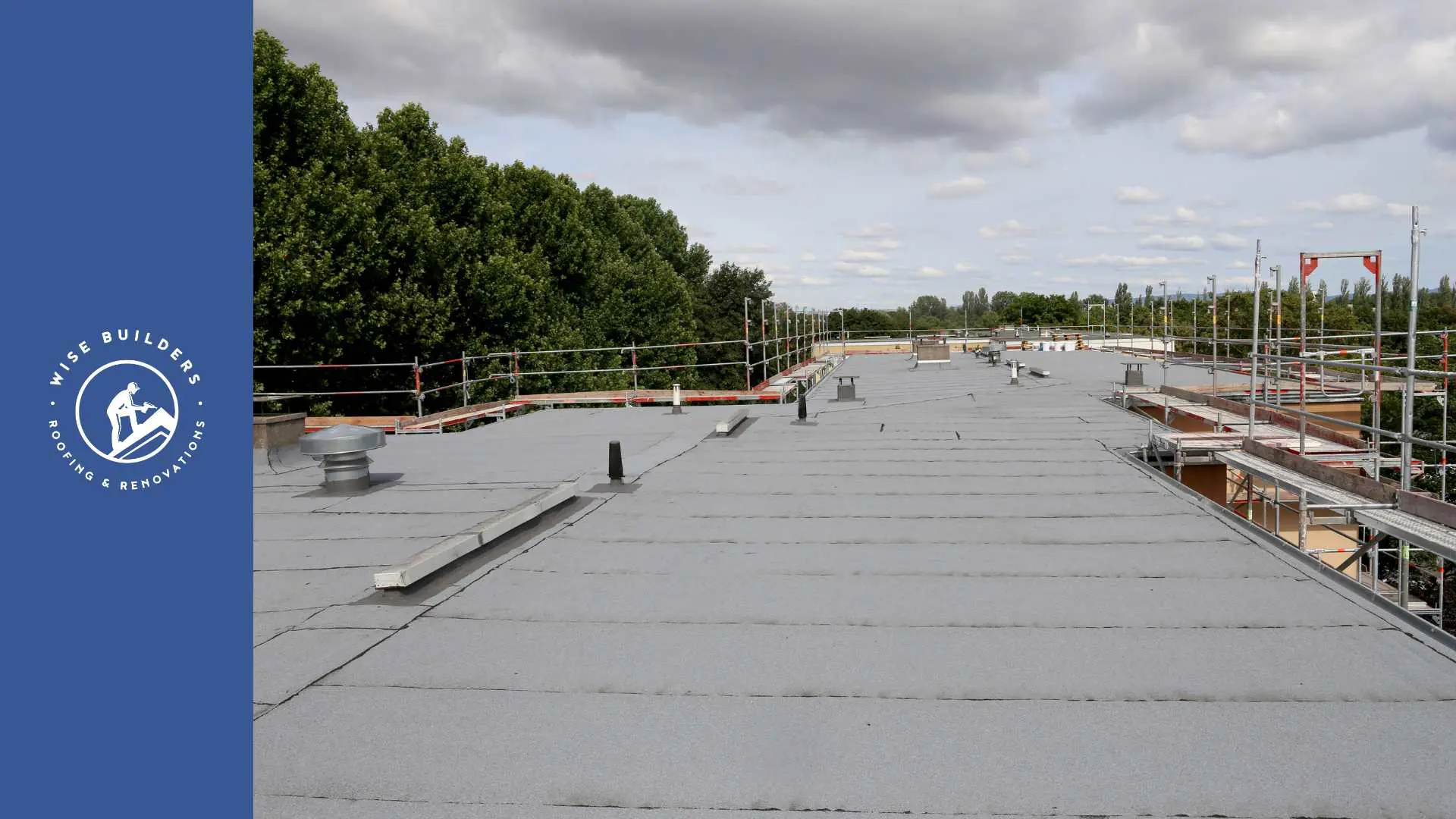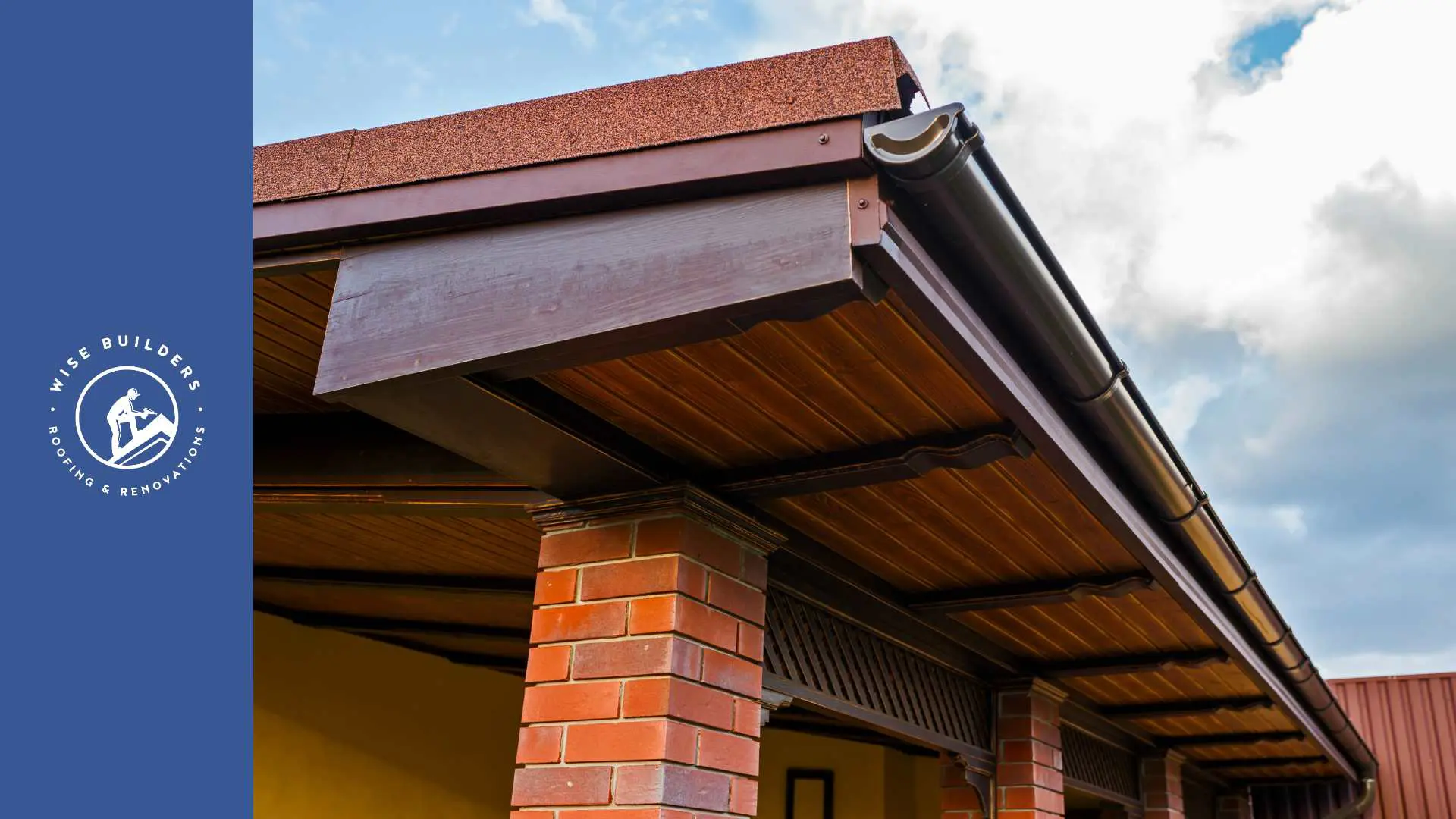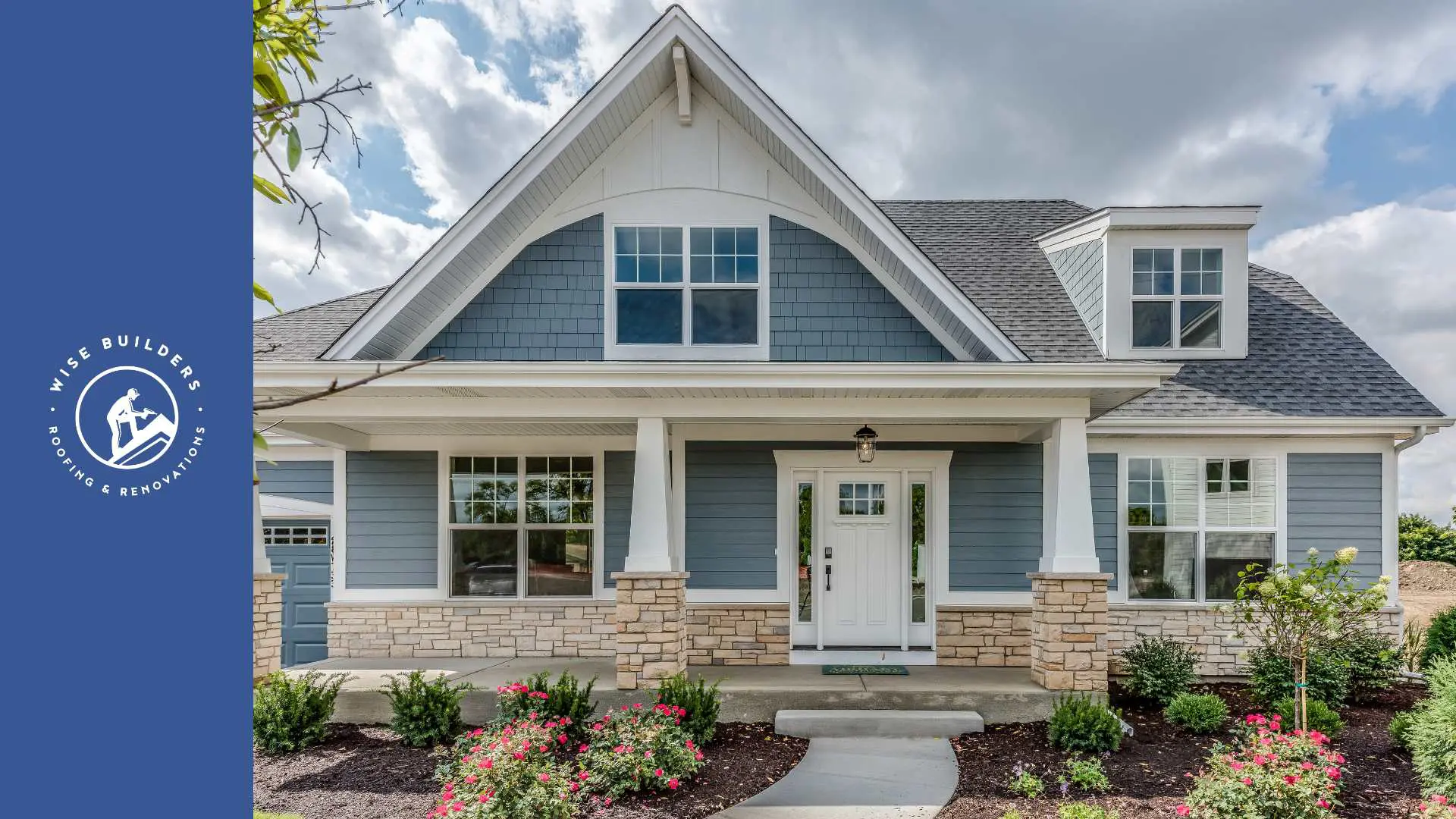
Key Highlights
- Roof rats, prevalent in coastal states and the Southern US, pose significant threats to homes.
- Recognizing their presence is key: look for droppings, gnaw marks, and noises in attics.
- Roof rats can exploit various entry points, from tree limbs to gaps in your home’s exterior.
- They cause structural damage by gnawing on wood, wiring, and pipes, leading to costly repairs.
- Carrying diseases, roof rats also pose health risks, making prompt action crucial.
Introduction
A roof rat infestation can quickly turn from a nuisance into a full-blown crisis. Particularly prevalent in coastal states and the Southern US, these rodents are notorious for the damage they inflict on homes and the health risks they carry. Understanding the telltale signs of their presence and the steps for prevention is crucial for every homeowner in these regions. Early detection and proactive measures can save you from the headaches of a rampant rodent infestation.
Identifying Roof Rat Presence

You might not always spot a roof rat directly due to their nocturnal habits, but telltale signs can alert you to their unwelcome presence. Keep an eye out for droppings, which are smaller than those of their Norway rat counterparts, measuring about half an inch long with pointed ends. Gnaw marks on wood, wires, and pipes are also strong indicators, as roof rats have a constant need to gnaw to keep their teeth trimmed.
Further signs include scratching or gnawing sounds from your attic or walls, particularly at night when they are most active. You might also notice greasy rub marks along walls and baseboards, evidence of their frequent travel routes. If you spot hollowed-out fruits on your property or notice your pets acting agitated, it’s time to investigate further for a potential roof rat problem.
Physical Characteristics of Roof Rats
The roof rat, also known as the ship rat or black rat, possesses distinct physical characteristics that set it apart from other rat species. Their slender bodies, typically measuring six to eight inches long, are complemented by tails that are noticeably longer than their head and body combined. This characteristic tail length is a key identifier, distinguishing them from the stouter Norway rat.
Their fur, typically brown with black intermixed, is smooth to the touch, not coarse like some other species. Notably, their undersides can vary in color, ranging from white and gray to black. These physical traits have helped them thrive in diverse environments, particularly warm, tropical regions.
Adding to their distinctive appearance are their large ears and eyes, along with a pointed nose. These features, combined with their agility and preference for heights, make them adept climbers, allowing them to easily navigate trees, walls, and even power lines.
Common Signs of Roof Rat Activity
While seeing a roof rat scurrying across your floor is a sure sign, their nocturnal nature often makes it challenging to catch them in the act. However, several common signs can alert you to their unwelcome presence in your home. Being aware of these indicators is the first step toward addressing a potential infestation.
The most obvious sign is the presence of roof rat droppings. These pellets, about half an inch long with pointed ends, are frequently found in attics, garages, or along their common travel routes. Next, inspect your home for gnaw marks. Roof rats have a constant need to gnaw to keep their teeth trimmed, so finding fresh marks on wood, wiring, or pipes is a red flag.
Here are some additional signs to watch out for:
- Greasy rub marks: As roof rats repeatedly travel along the same routes, they leave behind greasy residues from their fur.
- Nests: Look for nests made of shredded materials like insulation, paper, and cloth, often found in attics, walls, or under appliances.
- Noises: Scratching, gnawing, or scurrying sounds, especially at night, could indicate their presence within walls or ceilings.
How Roof Rats Enter Homes
Roof rats earn their name from their propensity to seek shelter in the upper parts of structures, often gaining access to attics and roofs. Their impressive climbing abilities are key to their success. These rodents utilize tree limbs, power lines, and even rough surfaces like brick walls to reach higher ground, exploiting any opportunity to gain entry.
Once they’ve reached your roofline, all it takes is a small opening, as tiny as a nickel, to squeeze through. Damaged vents, gaps in eaves, or cracks in your home’s foundation can serve as entry points. Their flexibility and persistence make it crucial for homeowners to maintain their homes and seal any potential access points.
Potential Entry Points for Roof Rats
Roof rats are incredibly resourceful when it comes to infiltrating homes, utilizing their agility and ability to squeeze through small spaces to find their way inside. They often take advantage of their climbing prowess, using tree limbs that overhang roofs as bridges. Keeping trees trimmed back from your house can deter them from using this convenient pathway.
Power lines also serve as a convenient highway for these rodents, allowing them to travel between houses with ease. Inspecting the areas where utility lines enter your home for gaps or cracks can help prevent their entry. Furthermore, roof rats are notorious for exploiting damaged or poorly sealed vents.
Vents leading to attics, crawl spaces, or under your home should be covered with sturdy wire mesh to prevent access. Additionally, be sure to seal any gaps around pipes, wires, or cables that pass through walls or your foundation. Roof rats are tenacious, so a thorough inspection and proper sealing are essential in keeping them at bay.
Preventing Roof Rat Entry
Preventing roof rat entry is a multi-pronged approach that involves a combination of deterrents, exclusion methods, and good home maintenance. Start by eliminating attractive conditions such as easily accessible food sources. Store pet food in airtight containers, regularly clear fallen fruit from your yard, and ensure garbage cans are tightly sealed.
Next, conduct a thorough inspection of your home’s exterior, paying particular attention to areas where utilities enter, vents are located, and any cracks or crevices in your foundation. Sealing these gaps with caulk or wire mesh is crucial in preventing their entry. Maintaining your landscaping can also deter them.
Trim tree branches away from your roof, remove dense vegetation close to your house, and keep firewood piles stacked away from structures. Additionally, consider using ultrasonic repellents or electronic traps strategically placed around your property to discourage their presence. Remember, prevention is key, and a proactive approach is far more effective than dealing with an infestation.
The Impact of Roof Rat Damage

The presence of roof rats extends far beyond a mere nuisance; their destructive habits can lead to costly damage and serious health hazards. One of the most significant concerns is their constant need to gnaw, which can wreak havoc on a home’s structural integrity. From chewing on electrical wires, creating fire hazards, to weakening wood beams, their impact should not be underestimated.
Furthermore, their urine and droppings contaminate insulation, food storage areas, and even air ducts, posing risks to human health. Beyond the physical damage, the potential spread of diseases adds another layer of concern, making addressing a roof rat problem essential for the well-being of your family and your home.
Structural Damage Caused by Roof Rats
One of the most significant threats posed by roof rats is their potential to cause extensive structural damage to your home. Their constant gnawing isn’t limited to food sources; they also target building materials, leading to costly repairs and safety hazards. Wood beams, a crucial component of a home’s framework, are susceptible to their relentless chewing, weakening the structure over time.
Electrical wires are another prime target for these rodents. Their gnawing can expose live wires, increasing the risk of electrical shocks and even fires. Damaged wiring often necessitates costly rewiring by a qualified electrician to ensure the safety of your home and its occupants. Furthermore, roof rats often compromise the insulation of your home.
They shred insulation for nesting materials and create pathways through it, diminishing its effectiveness and leading to higher energy bills. This damage not only impacts your comfort but also necessitates costly replacement or repairs.
Health Risks Associated with Roof Rats
Beyond the physical damage they inflict on homes, roof rats pose significant health risks through the spread of diseases. Their urine and droppings can contaminate food, water sources, and surfaces, leading to various illnesses. Food poisoning is a significant concern, as bacteria like Salmonella can be present in their feces.
Infectious jaundice, also known as Weil’s disease, is another risk, spread through contact with water or soil contaminated with their urine. This serious bacterial infection can lead to severe complications if left untreated. Furthermore, roof rats can carry parasites like fleas and mites, which can transmit diseases to humans and pets.
The following table highlights some of the diseases associated with roof rats:
| Disease | Transmission | Symptoms |
| Food Poisoning | Contaminated food and water | Nausea, vomiting, diarrhea, abdominal cramps |
| Infectious Jaundice | Contact with contaminated water or soil | Fever, chills, muscle aches, headaches, jaundice |
| Leptospirosis | Contact with contaminated water, soil, or animals | Flu-like symptoms, muscle aches, vomiting, potentially fatal |
| Rat-Bite Fever | Bite or scratch from an infected rat | Fever, chills, rash, muscle pain, joint pain |
Conclusion
In conclusion, understanding roof rat damage is crucial for protecting your home from structural harm and health risks. By recognizing the signs of roof rat presence, such as physical characteristics and common activity indicators, you can take preventive measures to secure potential entry points and avoid the impact of their damage. Stay vigilant and proactive in addressing any roof rat issues to maintain a safe and healthy living environment. If you suspect roof rat activity or need assistance in dealing with an infestation, reach out to pest control experts for professional guidance and solutions.
CTA: Schedule a consultation with our pest control specialists today to safeguard your home against roof rat damage.
At Wise Builders, We ensure our clients receive the best possible outcomes. Our commitment to quality workmanship and customer satisfaction is unwavering, making us the top choice for residential Roofing services in our community.
Frequently Asked Questions
What are the first signs of roof rats in the attic?
The first signs of a roof rat infestation in your attic often include hearing noises at night, such as scurrying or scratching. You may also discover droppings, find gnaw marks on wood or insulation, or notice signs of disturbance in your insulation.
Can roof rats cause electrical damage?
Yes, roof rat activity often includes gnawing on electrical wires. This dangerous behavior poses a significant fire hazard and can lead to costly damage requiring professional repair.








